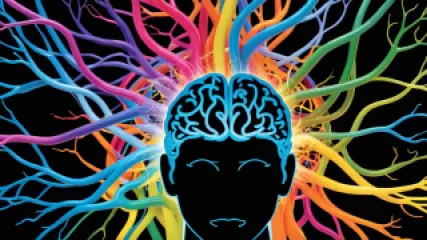Handling Ethical Dilemmas in Therapy: A Practical Guide
1 year ago
Ethical Dilemmas
Mastering Personal Power in Psychology: The Ultimate Guide
1 year ago
Personal Power in Psychology
Developing Mental Toughness in Sports: A Step-by-Step Guide
1 year ago
Psychology Of Sport
Overcoming Guilt: My Journey to Finding Peace
1 year ago
Resolving Guilt
Exploring the Impact of Emotional Neglect: A Research Summary
1 year ago
Understanding Emotional Neglect
Recent Advances in Schizophrenia Therapy: A Research Summary
1 year ago
Schizophrenia
Expert Insights on Strategies for Trust Building
1 year ago
Trust Building
Embracing Resistance: A New Perspective
1 year ago
Understanding Resistance
Boost Self-Esteem Through Volunteering
1 year ago
Volunteering Benefits
The Healing Power of Creative Writing as Therapy
1 year ago
Therapeutic Writing
Cultivating Creativity: A Step-by-Step Guide to Creative Growth Therapy
1 year ago
Fostering Creativity
Top 10 Yoga Therapy Online Programs for Mental Health
1 year ago
Yoga for Mental Health
Mastering Cross-Cultural Therapy Approaches: A Step-by-Step Guide
1 year ago
Cultural Competence














